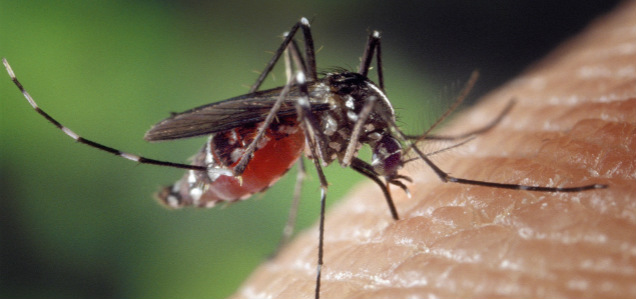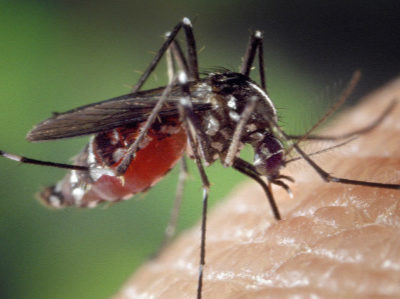The Against Malaria Foundation: Putting Charitable Dollars To Work
If you’re anything like me, Ira Riklis, you’re always looking for ways to put your wealth to work. As an ardent supporter of numerous charities, nothing makes me happier than knowing that my hard-earned dollars are doing good in the world.
Finding Charities That Actually Do Good
But it can be difficult to find causes with a proven track record, and even harder to identify charities with a strong empirical basis for their efforts. That’s why I put so much stock in the evaluations provided by GiveWell.org, a non-profit with the mission of assessing charities on their effectiveness. Using GiveWell’s in-depth reports, I learn how far my charitable donation actually goes in terms of saving human lives around the globe.

In today’s post, I want to feature one of GiveWell’s top-rated charities, the Against Malaria Foundation. The Against Malaria Foundation is currently one of GiveWell’s top 3 charities, according to the donation ranking site’s analysis of the charity’s direct impact on saving lives.
Much-loved by members of the effective altruism movement, GiveWell takes an evidence-based approach to evaluating charities, in order to help donors make the most impact with their dollars. According to GiveWell’s analysis, the Against Malaria Foundation’s work is backed by significant evidence of positive impact.
How AMF Helps Those In Need
The charity distributes long-lasting insecticide-treated nets to families and individuals in developing countries. Starting their efforts in Africa, the charity has now branched out into other countries. Strong evidence suggests that distributing insecticide-treated nets to individuals in developing countries can reduce the spread of malaria, which is still a major killer in Africa.
Today, around 90% of the world’s malaria deaths today come in sub-Saharan Africa. An estimated 1 million people die of malaria in Africa each year; most are children under the age of five. About 90% of all malaria deaths in Africa occur in young children, while pregnant women also live at an increased risk.
The Against Malaria Foundation exists solely to reduce the burden of this terrible disease, by distributing bed nets to families and individuals throughout Africa. AMF has demonstrated a successful track record of turning donor dollars into real change. According to GiveWell, dollars donated to the Against Malaria Foundation go a long way towards making real change in sub-Saharan Africa and other developing countries.
How Far Does A Dollar Stretch?
By GiveWell’s estimates, it costs only $4.53 to purchase and distribute an anti-mosquito net through the Against Malaria Foundation. AMF works with a number of non-profits and government organizations in Malawi, the Democratic Republic of Congo, Ghana, Uganda, Togo, Zambia and Papua New Guinea, providing these organizations with nets to distribute. As of September 2018, the charity has distributed a total of 25 million nets, with upcoming distributions totaling 15 million between the years of 2018 and 2020.
Through its work, AMF helps to close the immense funding gap for malaria bed nets worldwide. By all accounts, bed nets are an extremely underfunded campaign in the developing world. There is currently a $640 million funding gap for long-lasting insecticide-treated bed nets in the 35 countries tracked by GiveWell. AMF identifies countries with significant funding gaps and directs further aid resources to them, working through a network of in-country organizations to distribute the bed nets throughout the region.
The Against Malaria Foundation also works to maintain in-depth reports on distribution efforts, collaborating with in-country partners to evaluate the success of their initiatives. The Against Malaria Foundation is also a leader in transparency, providing in-depth resources and explanations to GiveWell’s team of expert analysts. There is no shortage of information on the charity’s processes, goals and outcomes.







